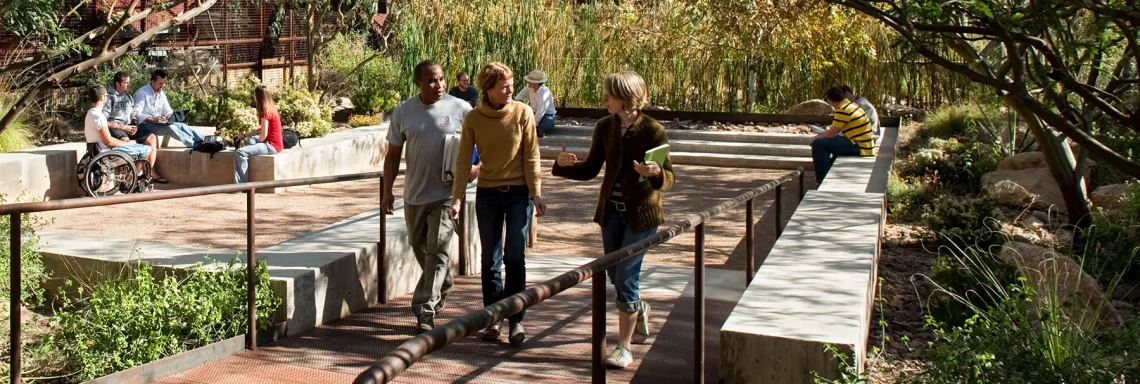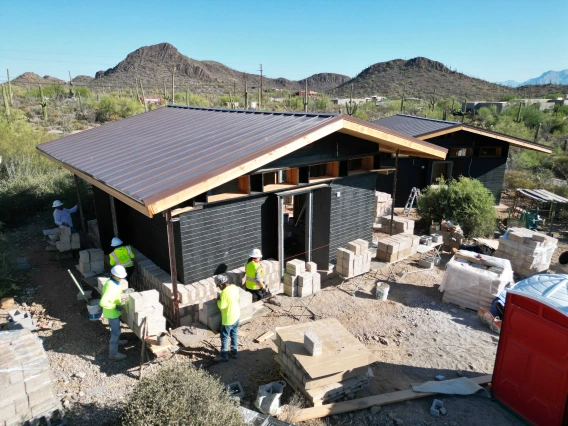CAPLA Launches Equity, Diversity and Inclusion Website and Built Environment Bibliography

In the summer of 2020, the College of Architecture, Planning and Landscape Architecture at the University of Arizona was charged by alumni, students, faculty and staff to take urgent, college-wide action on equity, diversity and inclusion (EDI).
For CAPLA, that means moving student, faculty and staff demographics closer to those of the state of Arizona; developing more resources to support students in financial need; and crafting, publicizing and implementing policies for the fair and equitable treatment of every individual regardless of race, class, gender, sexual orientation or age.
Since the summer, the college has created and renewed many initiatives, and progress on these important activities may now be tracked on the new CAPLA Equity, Diversity and Inclusion website at capla.arizona.edu/edi.
Here visitors will find the college’s summaries of EDI work underway; lists of initiatives (with real-time goals, means, time frames, responsibilities and statuses for each initiative); profiles of CAPLA community members; faculty, staff and student demographics; information about the CAPLA EDI Committee; racial justice statements from the dean and the schools; coverage of student organizations; and the latest CAPLA EDI news and headlines.
Working with University Libraries, the college has also created a new bibliography on EDI and the built environment at https://libguides.library.arizona.edu/EDIbuiltenvironment/. Students, faculty, staff and alumni can access publications that the college will use as a resource to inform discussions in an effort to create a shared understanding of racism and other kinds of discrimination.
In addition to constructing the web page and bibliography, CAPLA completed a number EDI initiatives in the past several months, including gathering demographic data for all programs and cohorts in order to benchmark and set goals for recruitment and retention of diverse students, faculty, staff and administrators; joining the National Organization of Minority Architects and initiating the creation of a CAPLA-wide student chapter; and conducting mandatory implicit bias training for all faculty and staff as well as workplace harassment training for all administrators.
The college has also made progress on a number of other EDI initiatives that are still under way and which are listed on the new website. CAPLA is committed to continuing these efforts and undertaking new initiatives as it strives to be a leader in inclusive excellence.
Learn more—and provide feedback—at capla.arizona.edu/edi.



